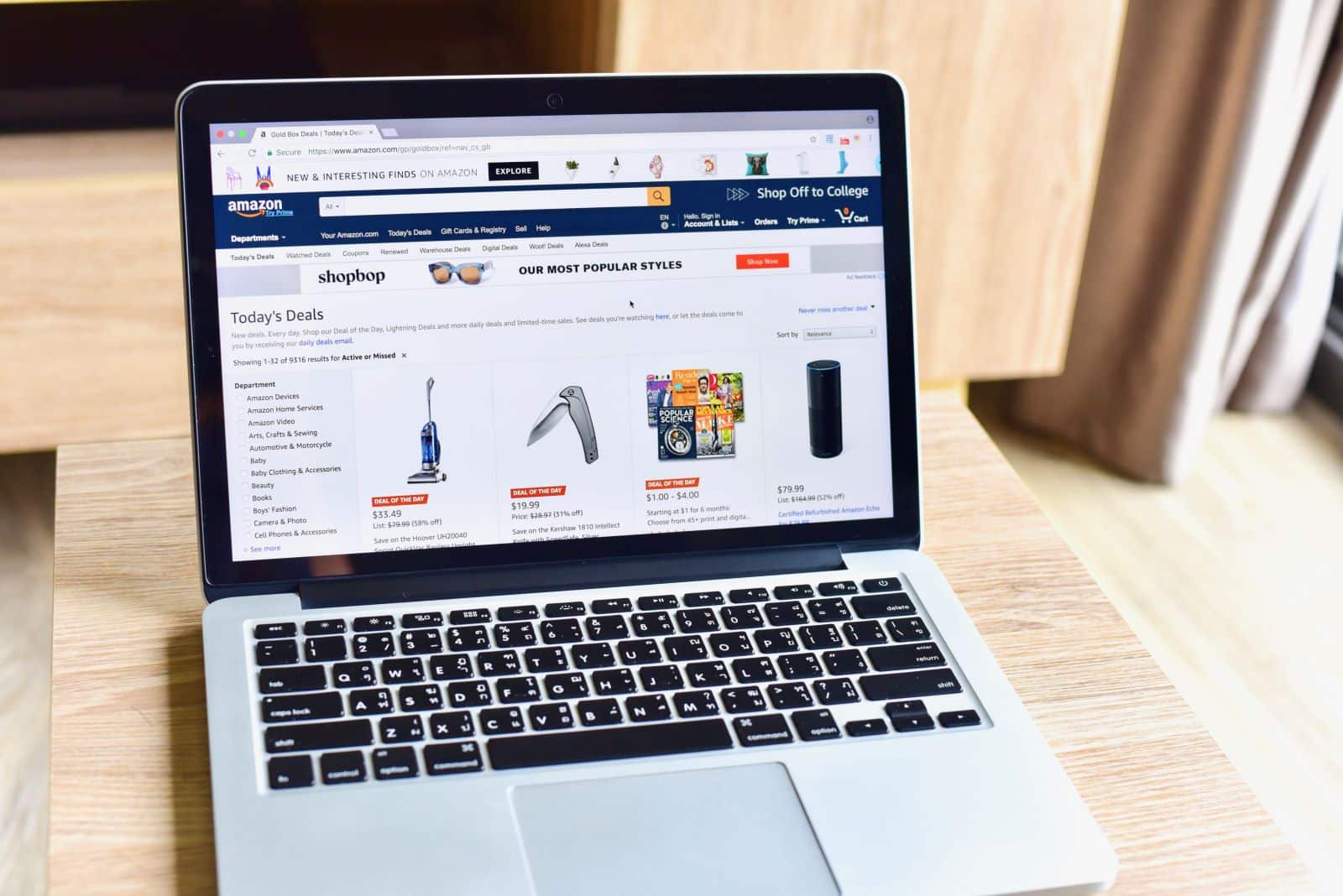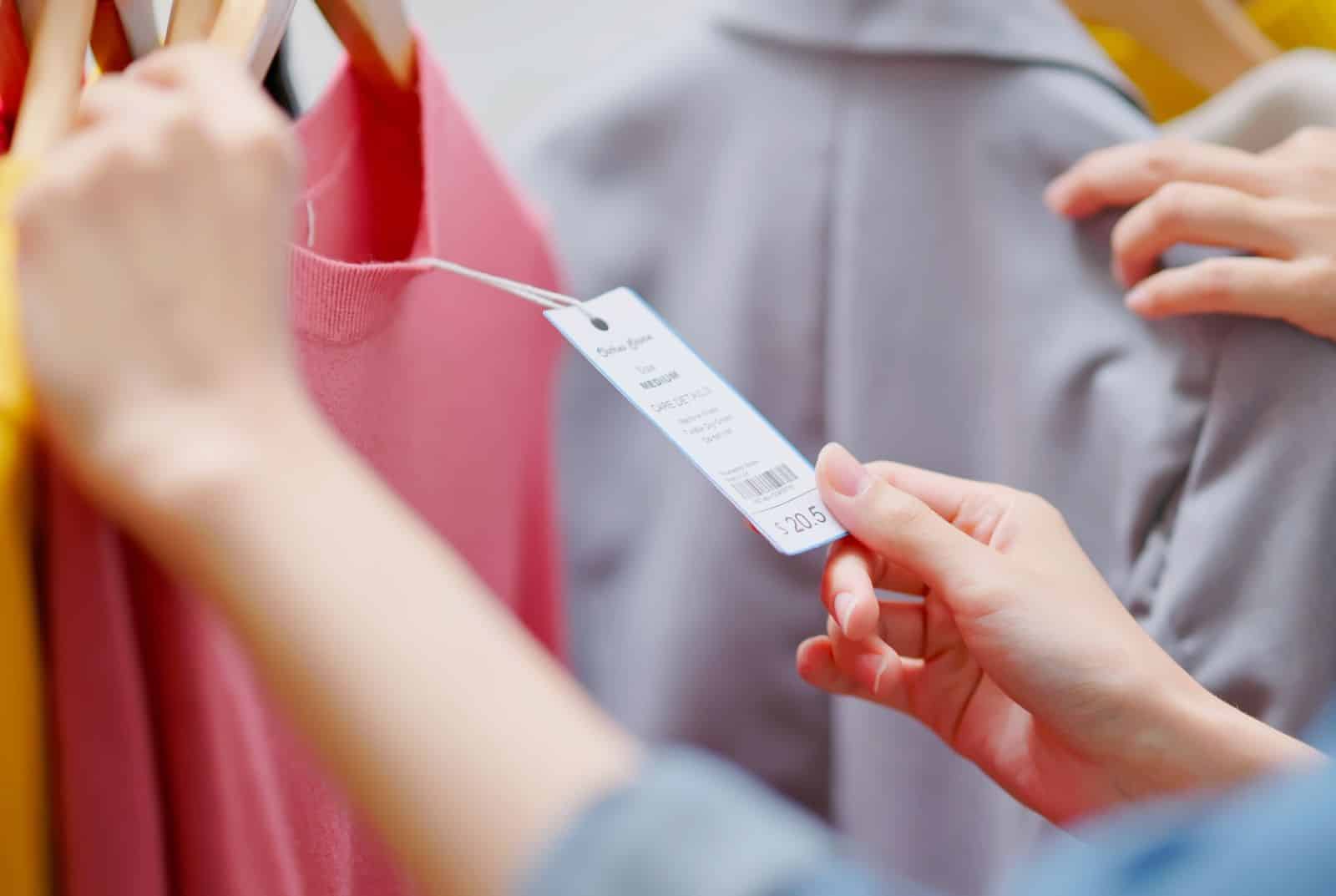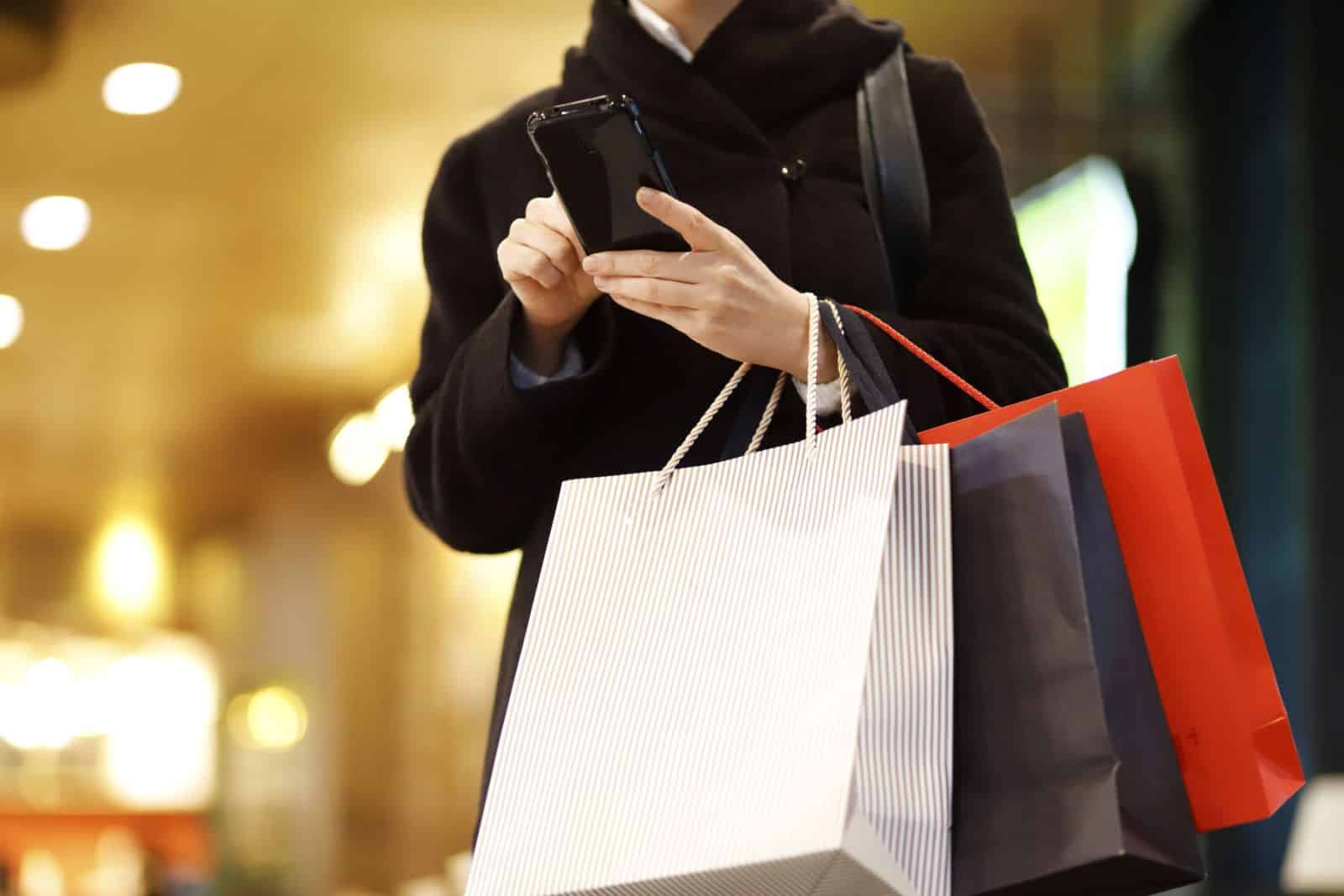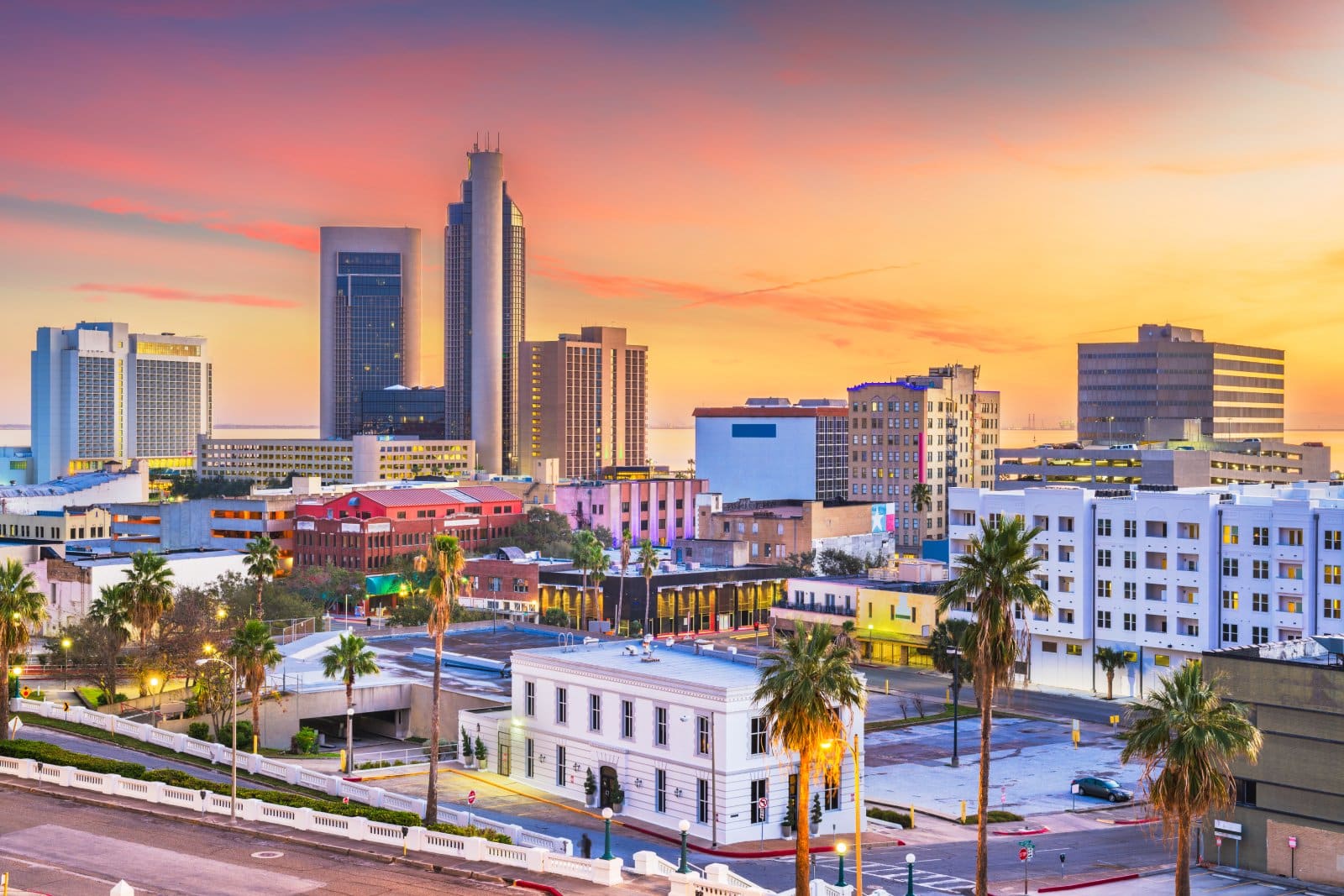Social media platforms are not just about connecting with others; they are sophisticated ecosystems designed to boost consumer spending. Here’s a deeper look at how these platforms subtly push you to open your wallet.
#1. Targeted Advertising

Social media uses complex algorithms to display ads that match your interests and past purchases, subtly persuading you to buy things you might not need. This targeted approach makes it challenging to resist because it feels like the ads are speaking directly to you.
#2. Influencer Endorsements

Influencers on social media often have lucrative deals to promote products, creating a persuasive environment where followers feel compelled to buy to emulate their lifestyle. This sense of trust and aspiration makes their endorsements particularly effective in driving sales.
#3. Fear of Missing Out (FOMO)

Observing friends and celebrities enjoying certain products or experiences on social media can invoke a strong fear of missing out, leading you to make impulse purchases just to keep up. This psychological trigger is powerful and often results in buying things you hadn’t planned on.
#4. Easy Access to Online Shopping

Social media platforms have integrated shopping features that make purchasing as simple as a few clicks away from your feed. This seamless transition from browsing to buying reduces the time you have to reconsider a purchase, increasing impulse buys.
#5. Exclusive Offers and Discounts

Brands often use their social media pages to announce exclusive deals or discounts that are not available elsewhere, enticing followers to act quickly and make a purchase. These special offers create a sense of urgency and exclusivity that can be hard to ignore.
#6. Flash Sales and Limited-Time Offers

Flash sales and limited-time offers are common on social media, using urgency to compel users to buy immediately to avoid missing out on great deals. This tactic plays on quick decision-making, often leading to unplanned spending.
#7. Group Buying and Social Shopping

Platforms facilitate group purchases or shared deals, making it more appealing to join others in spending, which often results in buying more than intended. The social aspect of these purchases can amplify the pressure to participate and spend.
#8. Lifestyle Aspiration

Social media showcases high-end lifestyles and luxury products, subtly influencing users to spend more in an attempt to mirror the lives they admire online. This aspirational marketing can lead to significant spending as users strive to match what they see.
#9. Unboxing and Haul Videos

Unboxing and haul videos create excitement and desire for new products, often leading viewers to purchase items to replicate the experience and joy shown by the presenter. These videos make products seem more appealing and necessary.
#10. Seamless Integration with E-commerce

The blend of social media with e-commerce creates a path that quickly moves users from desire to purchase, often bypassing thoughtful consideration. This integration makes it too easy to buy on impulse as you scroll through your feed.
#11. Constant Exposure to New Trends

Social media keeps users constantly updated on the latest trends, creating a cycle of buying to stay current with fashion, technology, and lifestyle products. This exposure can lead users to feel outdated quickly, prompting continuous purchases.
#12. Gamification of Shopping

Some social platforms use games or challenges that reward users with discounts or products, turning spending into a fun and engaging activity. This gamification can lead to more spending as users get caught up in the excitement of winning or earning rewards.
#13. Customized Recommendations

Based on your online activity, social media platforms suggest products you might like, often leading to purchases of items you hadn’t considered. These recommendations are tailored to increase the likelihood of you finding them irresistible.
#14. Positive Feedback from Purchases

When users post about their purchases and receive likes and comments, it reinforces the behavior of spending to gain social approval. This cycle of positive reinforcement can encourage more frequent and extravagant purchases.
#15. Comparison and Competition

Seeing others’ new acquisitions on social media can trigger a sense of competition or the need to keep up, leading to spending on similar or more expensive items. This comparison can be a significant driver of increased consumer spending.
#16. Emotional Spending Triggers

Advertisements and content on social media are often designed to evoke strong emotions, leading to comfort buying or emotional spending during vulnerable moments. This strategy taps into your feelings to encourage spending when you are most susceptible.
#17. Subscription Services Promotions

Social media frequently promotes various subscription services, enticing users to sign up for ongoing expenses that can accumulate over time. These services often start with free trials or low introductory rates that increase later.
#18. Virtual Events and Experiences

Participation in online events or digital experiences often comes with costs that are subtly encouraged through interactive and immersive social media campaigns. These events can lead to spending on tickets, merchandise, or premium features.
#19. Celebrity Collaborations

Celebrity partnerships with brands leverage their influence to make products seem more desirable and necessary, increasing the likelihood of spending among their fans. These collaborations can create a strong appeal, especially among younger audiences.
#20. Data-Driven Upselling

Using your data, social media platforms can effectively upsell by suggesting complementary products or upgrades that seem essential after your initial purchase. This strategy maximizes profit by encouraging additional spending based on your behavior and preferences.
Navigating the Influence

Understanding these tactics can help you navigate social media more mindfully and resist the urge to spend unnecessarily. It’s about being aware and making choices that align with your financial goals, not just the latest online trend.
Remote No More: 19 Companies Returning to the Office

As the pandemic wanes, companies are recalling remote workers back to the office, sparking debates on fairness, costs, and convenience. However, there are also notable productivity, coworking, and mental health benefits to consider. Feeling the effects of these changes? Remote No More: 19 Companies Returning to the Office
8 Costco Must Buys and 8 to Leave Behind

Ever wandered Costco’s aisles, questioning if that giant jar of pickles is a real bargain? Or debated buying tires where you get your rotisserie chicken? Welcome to the definitive guide to Costco shopping—a journey to save money, prevent regrets, and offer quirky insights into bulk buying. 8 Costco Must Buys and 8 to Leave Behind
23 Reasons Texas Is the Next Big Thing

Texas is becoming a beacon of opportunity, blending cultural heritage with economic growth. From its landscapes to its industries, the Lone Star State offers a dynamic lifestyle. Here are 23 reasons why Texas stands out, attracting entrepreneurs, artists, tech professionals, and families seeking new beginnings. 23 Reasons Texas Is the Next Big Thing
15 Top Sites to Sell Your Unwanted Goods Besides Craigslist

Selling your unwanted items can declutter your space and boost your income. While Craigslist is popular, there are many alternatives with unique features and wider audiences. Explore these 15 Craigslist alternatives for selling everything from furniture to electronics, finding the perfect platform to turn clutter into cash. 15 Top Sites to Sell Your Unwanted Goods Besides Craigslist
Work from Anywhere: 19 Companies Still Supporting Remote Work

Tired of commuting and craving work flexibility? You’re not alone. Many companies now offer remote work, benefiting both employees and employers. Ever wondered how this shift could enhance your work-life balance? Work from Anywhere: 19 Companies Still Supporting Remote Work
The post – 20 Ways Social Media Is Making You Spend More Money – first appeared on Liberty & Wealth.
Featured Image Credit: Shutterstock / Twinsterphoto.
The content of this article is for informational purposes only and does not constitute or replace professional financial advice.
For transparency, this content was partly developed with AI assistance and carefully curated by an experienced editor to be informative and ensure accuracy.

